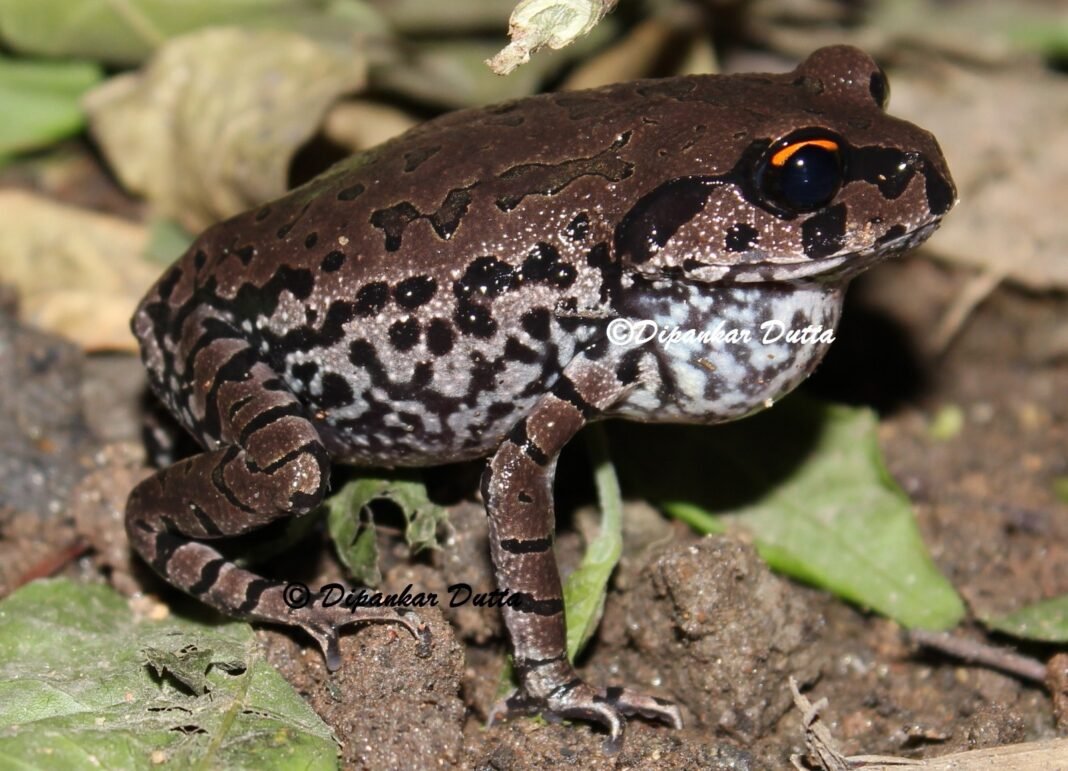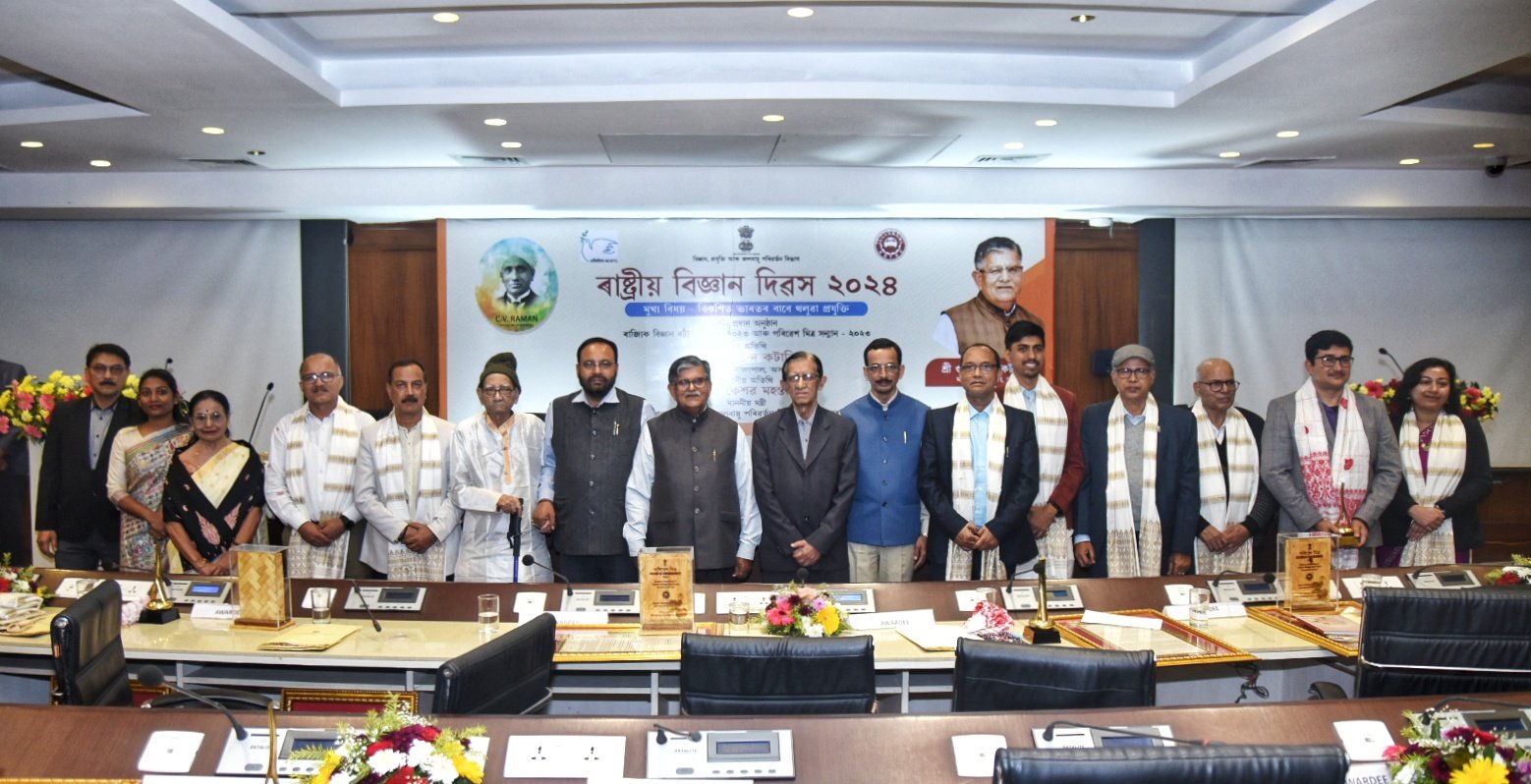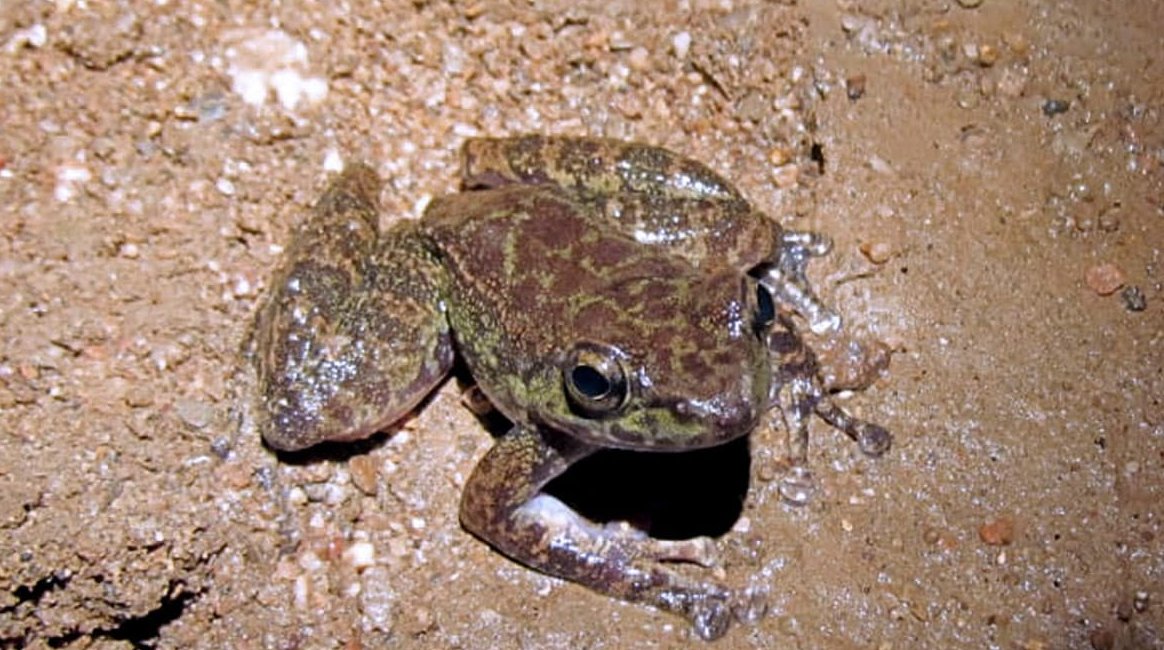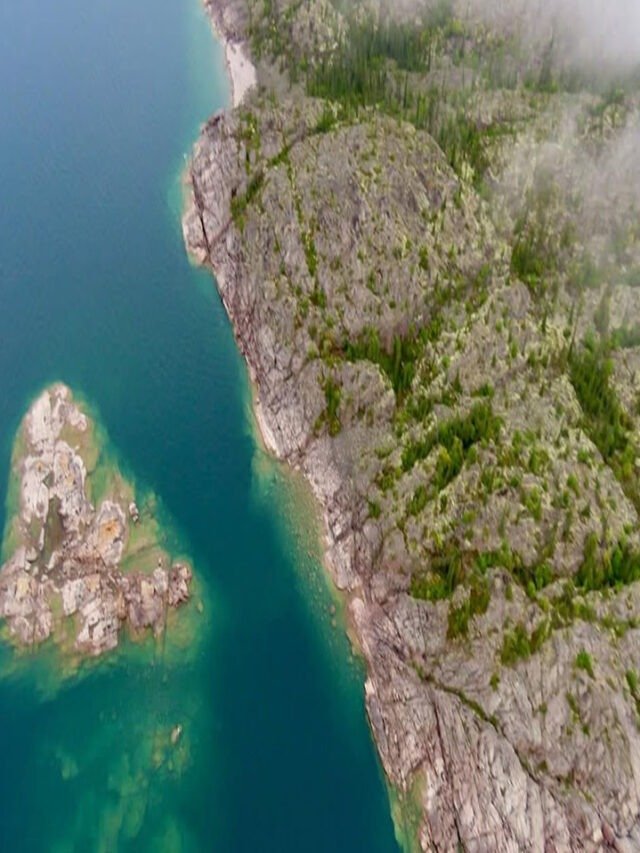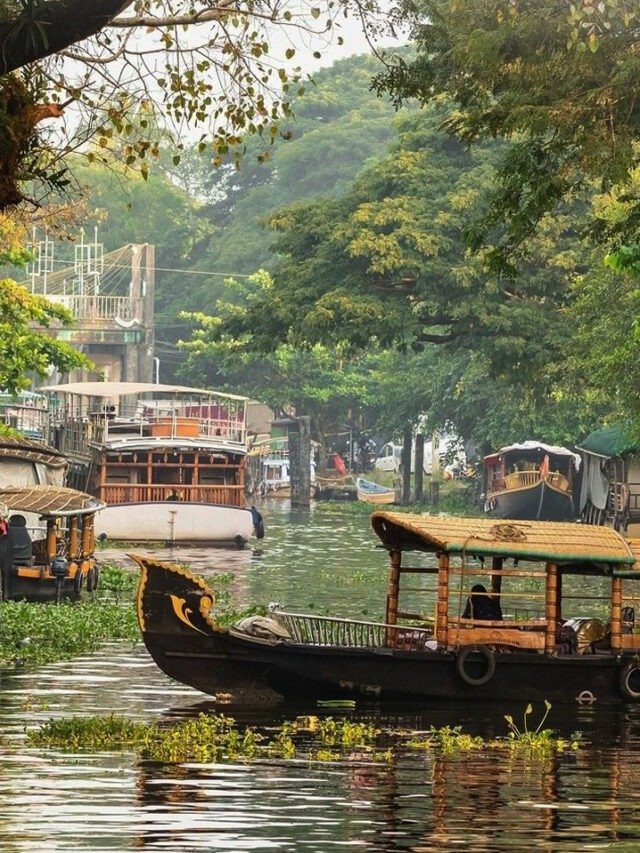HT Bureau
GUWAHATI, April 17: A team of Indian scientists has discovered a new species of frog in the bio-diverse forests of Western Assam and Meghalaya, shedding light on the rich but underexplored amphibian diversity of Northeast India.
The newly identified species, Leptobrachium aryatium, was found in the Garbhanga Reserve Forest in Assam and the adjoining Ri-Bhoi district of Meghalaya.
According to an official statement, the discovery was made by Dr Dipankar Dutta, assistant professor in the Department of Zoology at the University of Science & Technology Meghalaya (USTM), in collaboration with herpetologists Dr Jayaditya Purkayastha, Dr Jayanta Gogoi, and Dr Saibal Sengupta. Their findings were published in the international journal Zootaxa on April 14.
The new species, which belongs to the Leptobrachium genus, displays distinct morphological features that differentiate it from other known species in the group.
“This comprehensive research ultimately led us to nominate it as a new species—and what could be more fitting than naming it after Arya Vidyapeeth College, where it all began,” said Dr Dutta in the statement.
Named Leptobrachium aryatium, the frog is a tribute to Arya Vidyapeeth College (Autonomous), Guwahati, a shared alma mater of the research team.
The college’s Herpetology Laboratory has played a vital role in amphibian studies in the region and holds both national and international recognition.
Dr Dutta further explained that the frog was first reported in 2001 by his mentor as part of the Leptobrachium smithi group, marking the genus’s first reported presence in India.
“After completing my Master’s, it was my guide, Dr Saibal Sengupta, who encouraged me to pursue further research on this species for my PhD, as nothing was known about its biology at the time,” he said.
The research journey began in 2004 and involved in-depth studies of the frog’s taxonomy, life cycle, breeding behavior, feeding habits, acoustic patterns, and molecular phylogeny.
“I am also deeply grateful to the University of Science and Technology Meghalaya for providing all the necessary support and logistics during my time there, which made this achievement possible,” Dr Dutta added.
The discovery is seen as a significant milestone in understanding the region’s ecological wealth. It also underscores the urgent need to protect fragile ecosystems through ongoing conservation and research efforts.
The researchers hope that this new finding will help draw greater scientific attention to the Northeast’s under-documented biodiversity and inspire future studies in the field of herpetology.


